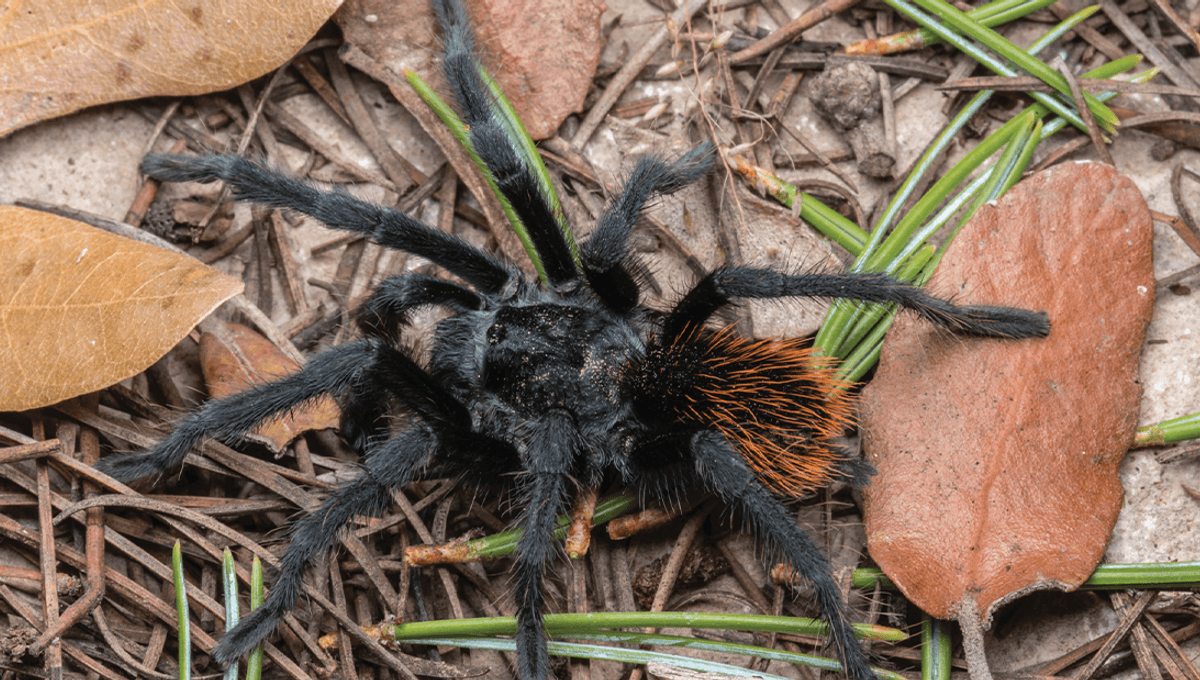
New species are discovered all the time – from those that blend in so well with their surroundings that they are hard to spot, to those hiding in the most remote places on Earth waiting to be discovered. Now, in new research, scientists have discovered a new tarantula species in a case of mistaken identity.
The Chiricahua Mountains in southeastern Arizona are well known for the exceptional range of plant and animal species that live there. These mountains form part of the Madrean Archipelago, also known as the “Madrean Sky Islands”, a group of forest regions that are separated from each other by arid grassland or deserts at much lower elevations. This unusual makeup of lots of different habitats in relatively small areas has given rise to lots of native species that are only found in these places, creating high levels of biodiversity.
“We often hear about new species being discovered from remote corners of Earth, but it is remarkable that these spiders are found in our own backyard, albeit in somewhat difficult-to-access areas of our backyard,” said Dr Chris Hamilton, assistant professor at the University of Idaho and co-lead author of the study, in a statement.
The new species has been named Aphonopelma jacobii after Michael A. Jacobi, who found some of the first specimens of this new species which led to the scientific description. It represents the 30th new species of tarantula to be found in the US. It belongs to the genus Aphonopelma, the most diverse of all the tarantula genera. The tarantulas have black bodies with thin hairs called setae on their abdomens in orange or red.
“This discovery represents the 30th species of tarantula documented from the United States. Aphonopelma is the most species diverse tarantula genus on the planet (at least for documented species). Our research adds to this number and continues to advance our understanding of the true species diversity in this incredibly interesting and important biodiversity hotspot,” said Dr Hamilton
In October 2018, tarantulas were seen in a high-elevation mixed conifer forest. These arachnids were thought to be A. chiricahua at the time based on the area where they were found. However, DNA analysis revealed that the tarantulas were genetically different from A. chiricahua. The following year, the team revisited the area and found more tarantulas, giving them more information. Re-examination confirmed that they were looking at a brand new species.
Unfortunately, the species could already be under threat. The team suggests that climate change could cause the forests to disappear as temperatures rise and rainfall decreases across the area.
“These fragile habitats are also threatened by increased exurban development in the San Simon Valley and Portal areas, destructive recreational activities, and wildfires. In addition, there is some concern that these tarantulas will be exploited for the exotic pet trade due to their rarity, striking coloration, and docile disposition,” added Dr Brent Hendrixson, professor at Millsaps College and co-lead author of the study.
Moreover, the team are surprised that this tarantula species exhibits syntopy with five other species, which means that they all share the same small habitat. How they do this without interbreeding is unknown and could be an area for future study, suggest the authors.
The paper is published in the journal Zookeys.
Source Link: Beautiful New Tarantula Species With Hairy Orange Backside Discovered In The Madrean Sky Islands